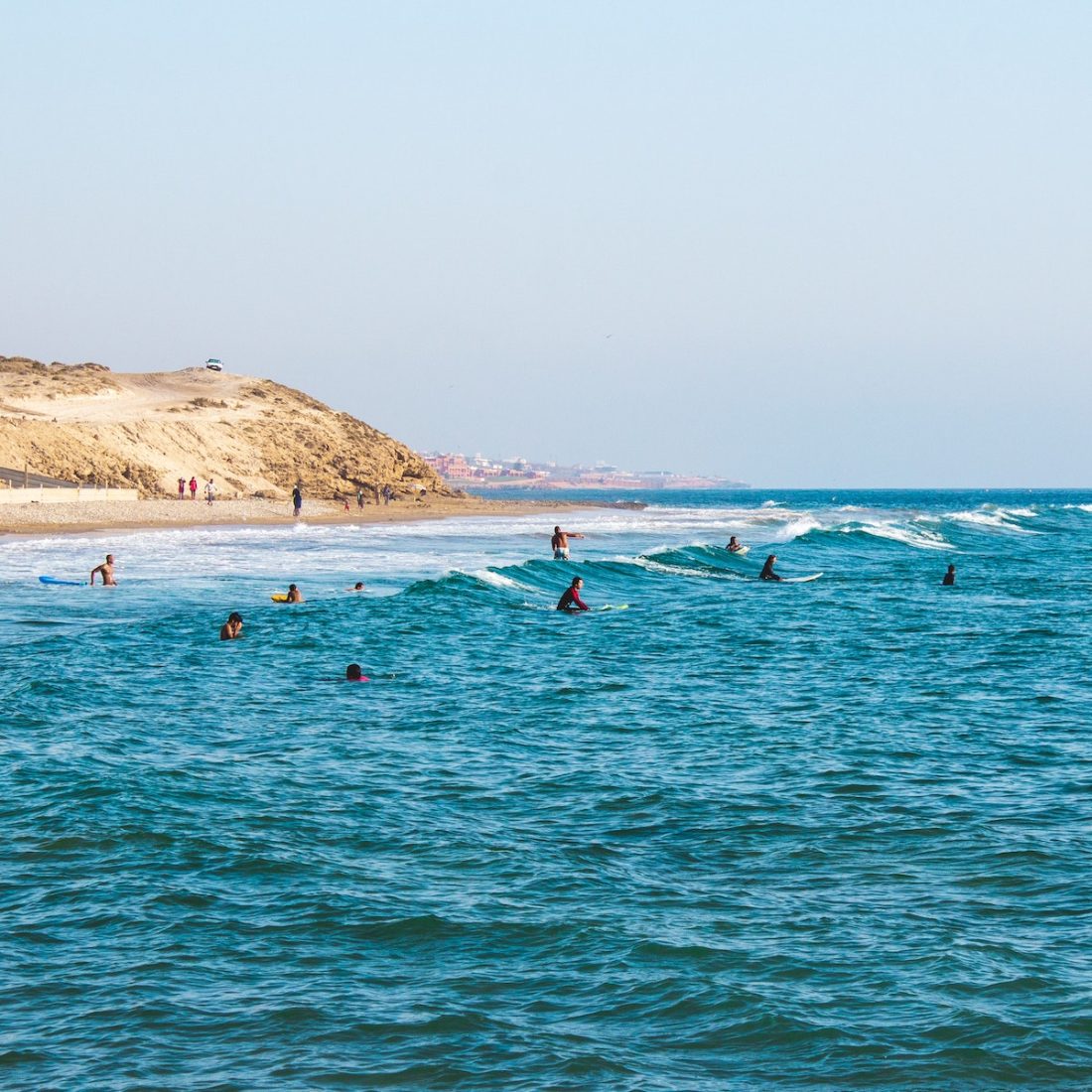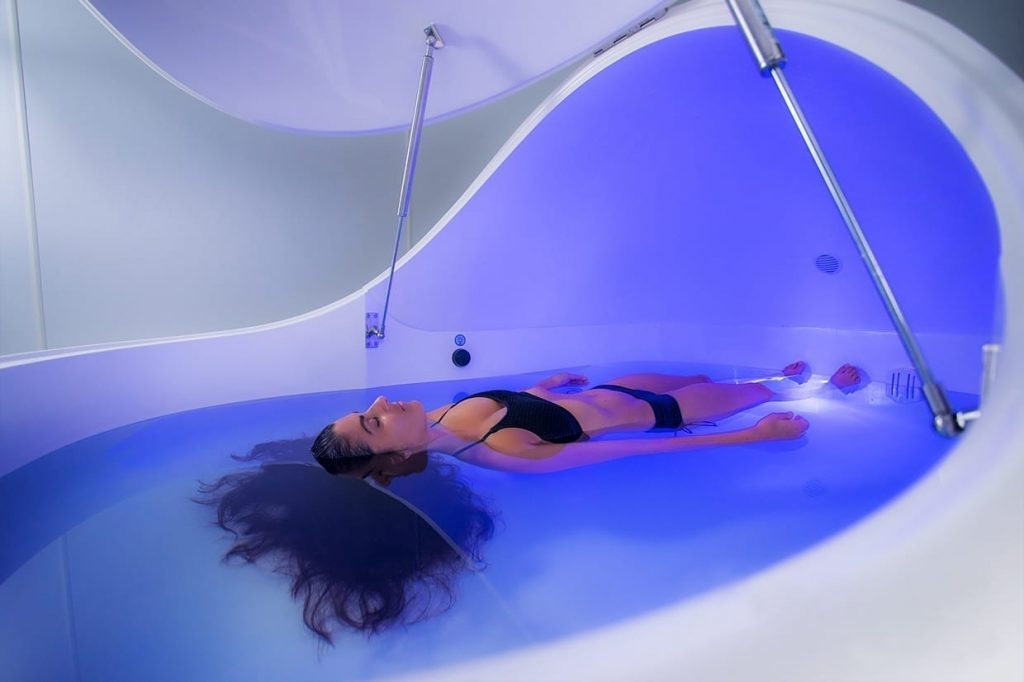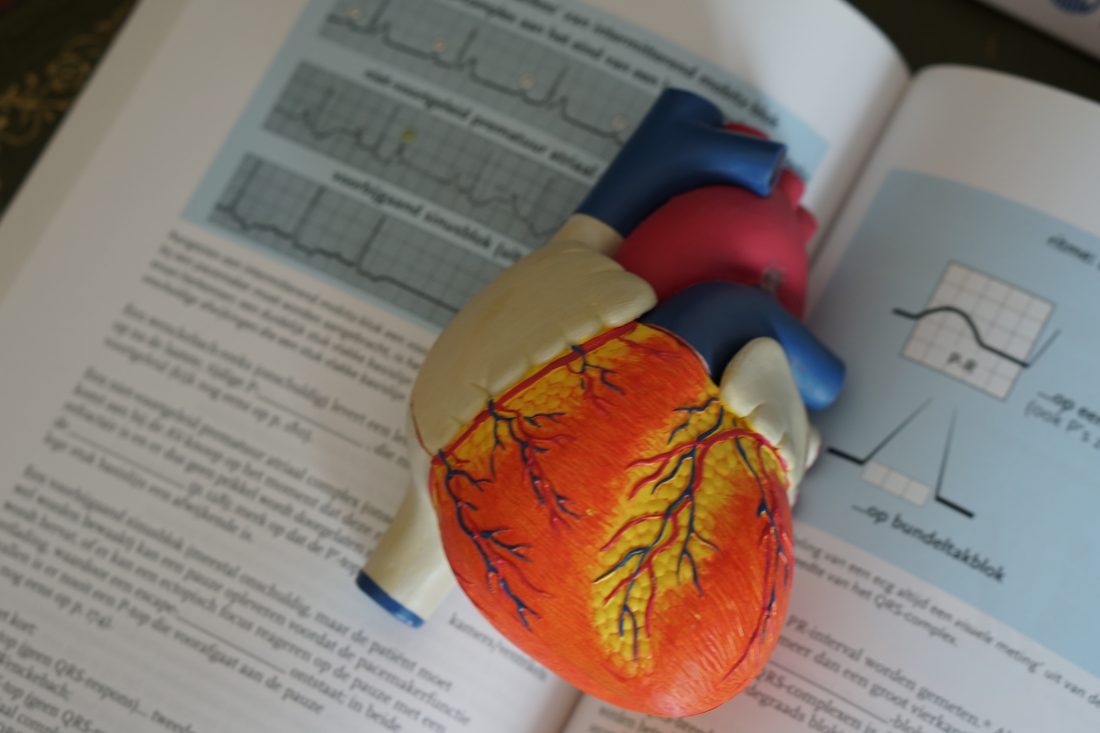Surfing requires a combination of strength, endurance, and balance, so it’s important to train your whole body in order to get in shape for the sport. As well as getting your body in shape for a sport, its important tht you have the correct equipment to help keep you safe in the water and give you the best chance of success! We’d recommend a men’s wetsuit, some boots and of course, a surf board!
Cardiovascular exercise
Surfing requires a lot of paddling, so it’s important to build up your endurance. Cardiovascular exercise is important because it helps improve the function of your heart and lungs. When you engage in cardiovascular exercise, your heart has to work harder to pump blood and oxygen to your muscles. This helps strengthen your heart and improve its overall function.
Regular cardiovascular exercise can also help:
- Lower your blood pressure and cholesterol levels
- Improve your blood sugar control
- Strengthen your immune system
- Increase your energy levels
- Improve your mental health and mood
- Maintain a healthy weight
In addition to all of these benefits, cardiovascular exercise is also an important part of preparing for activities that require endurance, such as surfing. By improving your cardiovascular fitness, you’ll be able to paddle for longer periods of time and have more stamina when you’re out in the water.
Strength training
Surfing also requires upper body strength, especially in the back, shoulders, and arms. Push-ups, pull-ups, and dips are all good exercises to incorporate into your training routine. Strength training is good for surfing because it can help improve your physical performance in the water. Surfing requires a combination of strength, endurance, and balance, and strength training can help you develop all of these qualities.
In particular, strength training can help you build the upper body strength that is important for paddling and catching waves. It can also help improve your core strength, which is important for maintaining your balance on the board.
Overall, strength training can help you have more stamina and control in the water, which can make your surfing experience more enjoyable and successful.
It’s important to remember that strength training should be done in addition to cardiovascular exercise and stretching, as all three types of exercise are important for overall fitness and performance. It’s also important to use proper form and technique when strength training to avoid injury.
Core work
A strong core will help you maintain your balance on the board. Planks, sit-ups, and other core exercises can help you improve your stability and control. A strong core is important for surfing because it helps you maintain your balance on the board. The muscles in your core, including your abs, back, and hips, work together to keep your body stable and upright.
When you’re surfing, having a strong core can help you stay balanced and in control as you ride the waves. It can also help you generate power and speed when you’re paddling and turning on the board.
Incorporating core exercises into your training routine can help improve your overall strength and stability in the water. Some examples of core exercises that are good for surfing include planks, sit-ups, Russian twists, and bicycle crunches.
It’s important to remember to incorporate a variety of exercises that target different muscle groups in your core, as well as to use proper form and technique when performing these exercises to avoid injury.
Balance training
Surfing requires good balance, so it’s a good idea to practice balancing on one foot or on a stability ball. Balance training is good for surfing because it can help improve your stability and control on the board. Surfing requires good balance to stay upright and in control as you ride the waves.
By incorporating balance training into your routine, you can improve your body’s sense of balance and coordination, which can make you a more confident and capable surfer.
There are many ways to practice balance training, including standing on one foot, balancing on a stability ball, or using a wobble board. You can also try incorporating balance-challenging exercises into your strength training routine, such as single-leg squats or lunges.
It’s also important to remember to warm up before surfing and to stretch after your session. This can help prevent injury and improve your performance.


